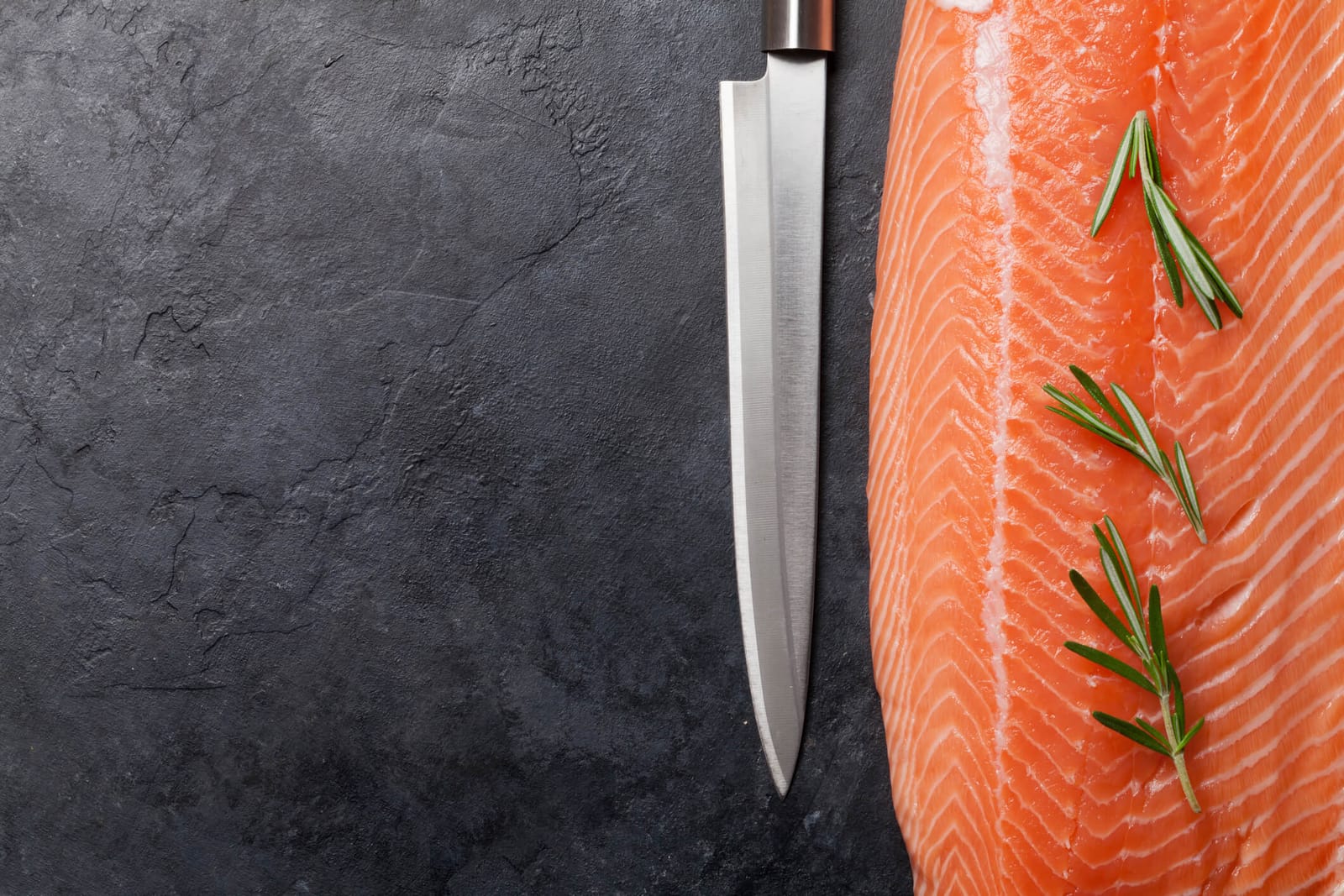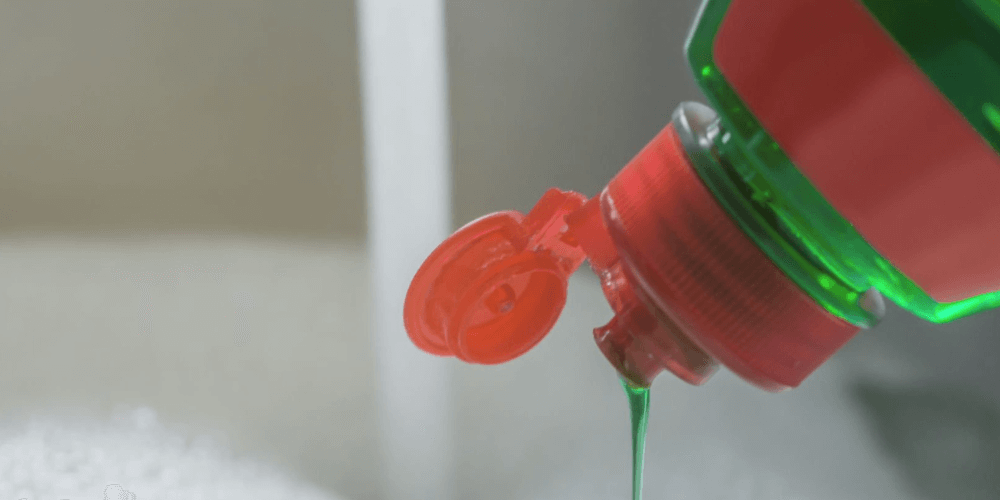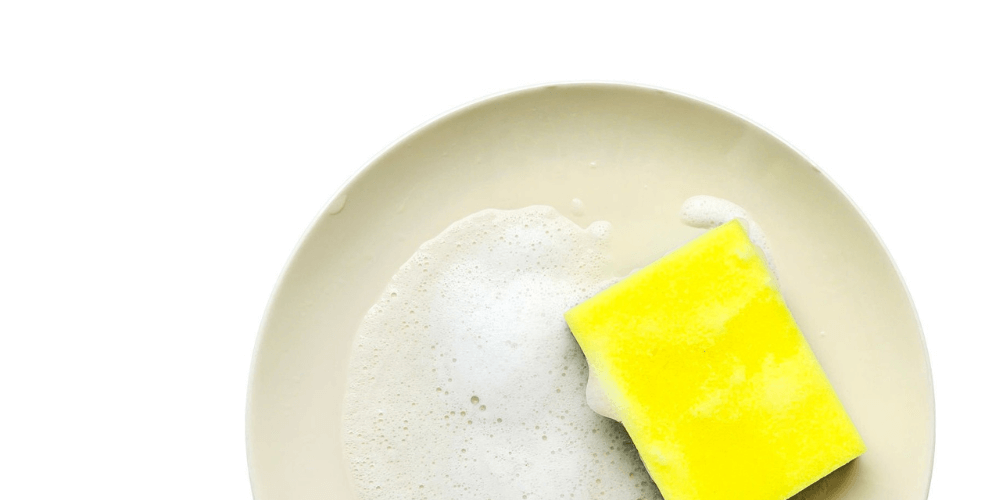In the culinary world, understanding the differences between boning knives and fillet knives is crucial for chefs and home cooks alike. This article provides an insightful comparison of these two essential kitchen tools, covering their design, usage, and maintenance.
In This Article
- Purpose and Function
- Blade Design and Characteristics
- Construction and Materials
- Techniques and Usage
- Pros and Cons
- Maintenance and Care
Purpose and Function
Boning Knives:
Boning knives are designed with a specific purpose in mind: to skillfully separate meat from bones. This makes them an indispensable tool in the kitchen, especially for tasks that require precision and finesse. The primary use of a boning knife is in the deboning process, particularly with poultry, where its sturdy and somewhat narrow blade provides the necessary control to navigate around bones and joints. This control is also crucial when trimming fat from meat or removing silverskin, a tough connective tissue found on certain cuts of meat. The precision of a boning knife allows for minimal waste and maximum yield, ensuring that the meat retains its quality and texture during preparation.
The versatility of a boning knife extends beyond poultry. It's equally effective in deboning other meats like pork, beef, and lamb. The knife's design allows for close cuts along bones and under the skin, making it easier to separate meat cleanly and efficiently. This precision is particularly beneficial in professional settings where consistency and quality of the cut are paramount.
Fillet Knives:
Fillet knives, on the other hand, are specialized tools designed for handling delicate tasks, particularly in seafood preparation. Their defining feature is the long, thin, and flexible blade, which is tailored for working with the finer textures and more delicate structures of fish. This flexibility is key to efficiently removing skin and bones from fish, allowing the blade to bend and adapt to the contours of the fish, ensuring minimal waste and maximum yield of the fillet.
The blade of a fillet knife is not just flexible; it's also incredibly sharp, enabling it to produce thin, uniform slices of fish. This is particularly important in culinary settings where presentation is as important as taste. Whether it's for sashimi, where precision-cut slices are essential, or for filleting a whole fish for grilling or baking, the fillet knife's design ensures that the integrity of the fish's flesh is maintained, resulting in aesthetically pleasing and delicious dishes.
Moreover, the fillet knife's design makes it an excellent tool for intricate tasks such as butterflying shrimp or preparing delicate fish like flounder or sole. Its ability to make precise, clean cuts without tearing the flesh makes it a favorite among chefs who regularly prepare seafood dishes.
Blade Design and Characteristics
- Boning Knives: These knives have moderately long, thick, and stiff blades, sometimes with a curved edge for better maneuverability around bones.
- Fillet Knives: Characterized by their long, thin, and highly flexible blades, fillet knives adapt to the contours of fish, ensuring precise cuts without damaging the flesh.
Construction and Materials
Both boning and fillet knives typically use high-quality stainless steel, known for its corrosion resistance and durability. The handle designs differ, with boning knives often featuring ergonomic grips for control, and fillet knives having contoured, slip-resistant handles for working with wet fish.
Techniques and Usage
- Boning Knives: Employed for filleting, trimming, and deboning, these knives are versatile in various meat preparation techniques.
- Fillet Knives: Best for filleting and skinning fish, their flexible blades are ideal for removing pin bones and achieving clean fillets.
If you're seeking more comprehensive information on techniques, we invite you to explore our article dedicated to the proper usage of a boning knife.
Pros and Cons
Boning Knives:
Pros:
- Versatility: Boning knives are incredibly versatile in the kitchen. They are not just limited to deboning tasks but can also be used for trimming fat, preparing fillets, and even performing some intricate cutting tasks. Their design allows for precise cuts, making them suitable for a variety of meats including poultry, beef, pork, and lamb.
- Control and Precision: The rigid structure of the blade provides excellent control, which is crucial for navigating around bones and joints. This precision is particularly beneficial for tasks that require a high degree of accuracy, such as removing silverskin or trimming fat.
- Durability: Typically, boning knives are made with high-quality materials that ensure longevity and sustained performance, even with regular use.
Cons:
- Primarily Meat-Focused: While boning knives are versatile within the realm of meat preparation, their utility is somewhat limited when it comes to other culinary tasks. They are not as effective for tasks that require a more flexible or longer blade, such as filleting fish.
- Learning Curve: For beginners, mastering the use of a boning knife can be challenging. The precision and control required for effective use may take some time to develop.
Fillet Knives:
Pros:
- Precision in Fish Preparation: The primary advantage of a fillet knife is its unparalleled precision in preparing fish. The thin, flexible blade allows for close, clean cuts, making it ideal for skinning and boning fish, as well as achieving thin, uniform slices.
- Minimal Waste: The design of the fillet knife ensures that you can get as close to the bone as possible, reducing waste and maximizing the yield of the fillet.
- Specialized Design: The flexibility of the blade is specifically tailored for the contours and delicate nature of fish, making it an essential tool for seafood enthusiasts and professionals.
Cons:
- Limited Versatility: Fillet knives are highly specialized tools, which means their use is primarily confined to seafood preparation. They are not as effective for tasks involving denser meats or those that require a stiffer blade.
- Fragility: Due to their thin and flexible design, fillet knives can be more prone to damage if used improperly, such as applying too much force or using them on hard surfaces.
Maintenance and Care
General Maintenance Tips:
- Regular Cleaning: Both boning and fillet knives should be cleaned after each use. This prevents the buildup of bacteria and maintains the blade's integrity. Use warm water and mild detergent, and avoid abrasive materials that could scratch the blade.
- Dry Thoroughly: After washing, it’s crucial to dry the knives completely to prevent rust and corrosion, especially if the knives are made of high-carbon steel, which is more prone to rusting.
- Proper Storage: Store the knives in a dry place. A knife block, magnetic strip, or individual sheaths are excellent options to protect the blades and prevent accidents.
Sharpening and Honing:
Boning Knives:
- Sharpening Technique: Due to their thicker and stiffer blades, boning knives may require a sharpening stone or a diamond sharpener. The angle and pressure applied during sharpening are crucial for maintaining the blade's edge without causing damage.
- Honing: Regular honing is recommended to keep the edge aligned. A honing steel can be used frequently to maintain the blade's sharpness between more thorough sharpening sessions.
Fillet Knives:
- Sharpening Care: Fillet knives, with their thinner blades, require a gentle touch when sharpening. A whetstone with a fine grit is ideal for achieving a razor-sharp edge without removing too much material from the blade.
- Flexibility Consideration: Due to the flexibility of the blade, extra care should be taken to maintain a consistent angle and even pressure to avoid warping or damaging the blade.
Additional Care Tips:
- Avoid Misuse: Use each knife for its intended purpose. Avoid using these knives for inappropriate tasks like cutting through bones or frozen foods, which can damage the blade.
- Handle Care: Pay attention to the handle as well. Wooden handles may need occasional oiling to prevent drying and cracking, while synthetic handles should be checked for any signs of wear or loosening.
- Professional Sharpening: For those not comfortable with sharpening their knives at home, professional sharpening services are a viable option. This ensures that the knives are sharpened correctly and can extend their lifespan.
Choosing the right knife, whether a boning or fillet knife, can significantly enhance your culinary efficiency and precision. Understanding their distinct purposes and characteristics will guide you in making an informed decision for your kitchen needs.
Further Reading
- For more insights and our top recommendations for boning knives, don't miss our comprehensive guide on the best boning knives currently available.
- For an in-depth understanding of the correct angles for sharpening your boning and fillet knives, and to ensure you're doing it right, visit this detailed guide on knife sharpening angles at Sharpening Supplies.



